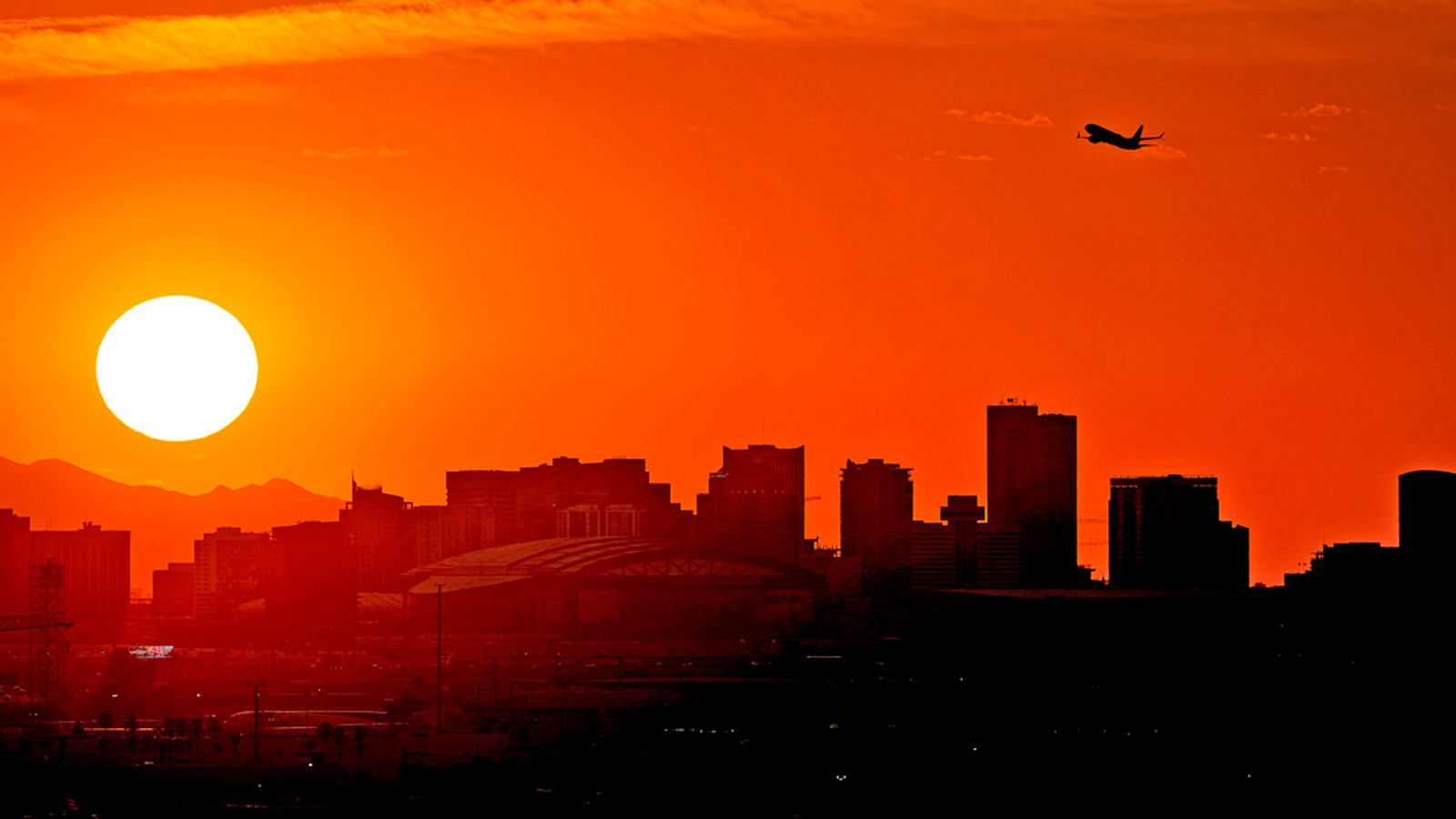AP Interview: Japan nuke plant water worries rise
Oct 25, 2012, 7:06 AM
Associated Press
TOKYO (AP) – Japan’s crippled nuclear power plant is struggling to find space to store tens of thousands of tons of highly contaminated water used to cool the broken reactors, the manager of the water treatment team said.
About 200,000 tons of radioactive water _ enough to fill more than 50 Olympic-sized swimming pools _ are being stored in hundreds of gigantic tanks built around the Fukushima Dai-ichi plant. Operator Tokyo Electric Power Co. has already chopped down trees to make room for more tanks and predicts the volume of water will more than triple within three years.
“It’s a pressing issue because our land is limited and we would eventually run out of storage space,” the water-treatment manager, Yuichi Okamura, told The Associated Press in an exclusive interview this week.
TEPCO is close to running a new treatment system that could make the water safe enough to release into the ocean. But in the meantime its tanks are filling up _ mostly because leaks in reactor facilities are allowing ground water pour in.
Outside experts worry that if contaminated water is released, there will be lasting impact on the environment. And they fear that because of the reactor leaks and water flowing from one part of the plant to another, that may already be happening.
Nuclear engineer and college lecturer Masashi Goto said the contaminated water buildup poses a long-term health and environmental threat. He worries that the radioactive water in the basements may already be getting into the underground water system, where it could reach far beyond the plant, possibly the ocean or public water supplies.
“You never know where it’s leaking out and once it’s out you can never put it back in place,” he said. “It’s just outrageous and shows how big a disaster the accident is.”
The concerns are less severe than the nightmare scenario TEPCO faced in the weeks after the March 11, 2011, earthquake and tsunami knocked out power and cooling systems at the plant, leading to explosions and meltdowns of three reactor cores in the world’s worst nuclear disaster since Chernobyl. The plant released radiation into the surrounding air, soil and ocean and displaced more than 100,000 residents who are uncertain when _ or if _ they will be able to return to their homes.
Dumping massive amounts of water into the melting reactors was the only way to avoid an even bigger catastrophe.
Okamura remembers frantically trying to find a way to get water to spent fuel pools located on the highest floor of the 50-meter-high reactor buildings. Without water, the spent fuel likely would have overheated and melted, sending radioactive smoke for miles and affecting possibly millions of people.
“The water would keep evaporating, and the pools would have dried up if we had left them alone,” he said. “That would have been the end of it.”
Attempts to dump water from helicopters were ineffective. Spraying water from fire trucks into the pools didn’t work either. Okamura then helped bring in a huge, German-made concrete-making pump with a remote-controlled arm that was long enough to spray water into the fuel pools.
The plan worked _ just in time, Okamura said.
Those measures and others helped bring the plant under tenuous control, but it will take decades to clean up the radioactive material. And those desperate steps created another huge headache for the utility: What to do with all that radioactive water that leaked out of the damaged reactors and collected in the basements of reactor buildings and nearby facilities.
Some of the water ran into the ocean, raising concerns about contamination of marine life and seafood. Waters within a 20-kilometer (12-mile) zone are still off-limits, and high levels of contamination have been found in seabed sediment and fish tested in the area.
Okamura was tasked with setting up a treatment system that would make the water clean enough for reuse as a coolant, and was also aimed at reducing health risks for workers and environmental damage.
At first, the utility shunted the tainted water into existing storage tanks near the reactors. Meanwhile, Okamura’s 55-member team scrambled to get a treatment unit up and running within three months of the accident _ a project that would normally take about two years, he said.
“Accomplishing that was a miracle,” he said, adding that a cheer went up from his men when the first unit started working.
Using that equipment, TEPCO was able to circulate reprocessed water back into the reactor cores. But even though the reactors now are being cooled exclusively with recycled water, the volume of contaminated water is still increasing, mostly because ground water is seeping through cracks into the reactor and turbine basements.
Next month, Okamura’s group plans to flip the switch on new purifying equipment using Toshiba Corp. technology that is supposedly able to decontaminate the water by removing strontium and other nuclides, potentially below detectable levels, he said.
TEPCO claims the treated water from this new system is clean enough to be potentially released into the ocean, although it hasn’t said whether it would do that. Doing so would require the permission of authorities and local consent and would also likely trigger harsh criticism at home and abroad.
To deal with the excess tainted water, the utility has channeled it to more than 300 huge storage tanks placed around the plant. The utility has plans to install storage tanks for up to 700,000 tons _ or about three more years’ worth _ of contaminated water. If that maxes out, it could build additional space for roughly two more years’ worth of storage, said Mayumi Yoshida, a company spokeswoman.
But those forecasts hinge on plans to detect and plug holes in the damaged reactors to minimize leaks over the next two years. The utility also plans to take steps to keep ground water from seeping into the reactor basements.
Both are tasks that TEPCO is still not sure how to accomplish: Those areas remain so highly radioactive that it is unclear how humans or even robots could work there.
There’s also a risk the storage tanks and the jury-rigged pipe system connecting them could be damaged if the area is struck by another earthquake or tsunami.
Goto, the nuclear engineer, believes it will take far longer than TEPCO’s goal of two years to repair all the holes in the reactors. The plant also would have to deal with contaminated water until all the melted fuel and other debris is removed from the reactor _ a process that will easily take more than a decade.
He said TEPCO’s roadmap for dealing with the problem is “wishful thinking.”
“The longer it takes, the more contaminated water they get,” he said.
___
Associated Press Writer Malcolm Foster contributed to this report.
(Copyright 2012 The Associated Press. All rights reserved. This material may not be published, broadcast, rewritten or redistributed.)









